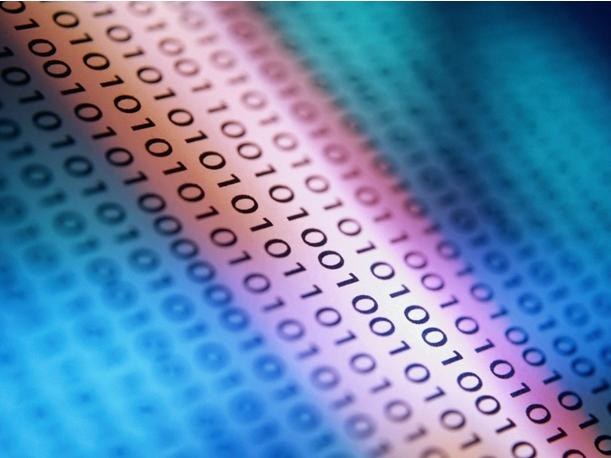Instruction
1
The main parameter of any number system is its base. This is an integer indicating how many digits used to write numbers in this notation. For example, to write hexadecimal requires sixteen digits, ten digits and six letters of the Latin alphabet. To represent binary numbers, respectively, requires two digits, 1 and 0.
2
Translation system of hexadecimal into binary is the method of representation of each digit of the original number in the form of a Quartet of digits in the binary system according to a certain principle. Each digit or letter of the hexadecimal number corresponds to a sequence of four combinations of 0 and 1: 0 = 0000; 1 = 0001; 2 = 0100; 3 = 0011; 4 = 0100; 5 = 1001; 6 = 0110; 7 = 0111; 8 = 1000; 9 = 1001; A = 1010 B = 1011 C = 1100 D = 1101 E = 1110 F = 1111.
3
Consider this example: let's convert the number ABC12 in the binary system.
To do this, break it into numbers or letters of the individual digits: A, B, C, 1 and 2.
Now turn each string into a binary representation according to the above principle:
A = 1010, B = 1011, C = 1100; 1 = 0001; 2 = 0100.
Write down the combination of numbers in the sequence:
10101011110000010100.
This number is a binary representation of a number ABC12.
To do this, break it into numbers or letters of the individual digits: A, B, C, 1 and 2.
Now turn each string into a binary representation according to the above principle:
A = 1010, B = 1011, C = 1100; 1 = 0001; 2 = 0100.
Write down the combination of numbers in the sequence:
10101011110000010100.
This number is a binary representation of a number ABC12.
Note
Be careful when writing combinations of binary representation, one error in position 1 or 0 and you will get a very different number. It is better to first write down all fours, using separators (commas, semicolons, or vertical bar), and then without them.
Useful advice
The reverse translation number in binary format is broken into fours, and each four on a table is replaced with the corresponding hexadecimal symbol.
The described method can also be used to convert a number from octal and decimal number systems in binary.
The described method can also be used to convert a number from octal and decimal number systems in binary.

